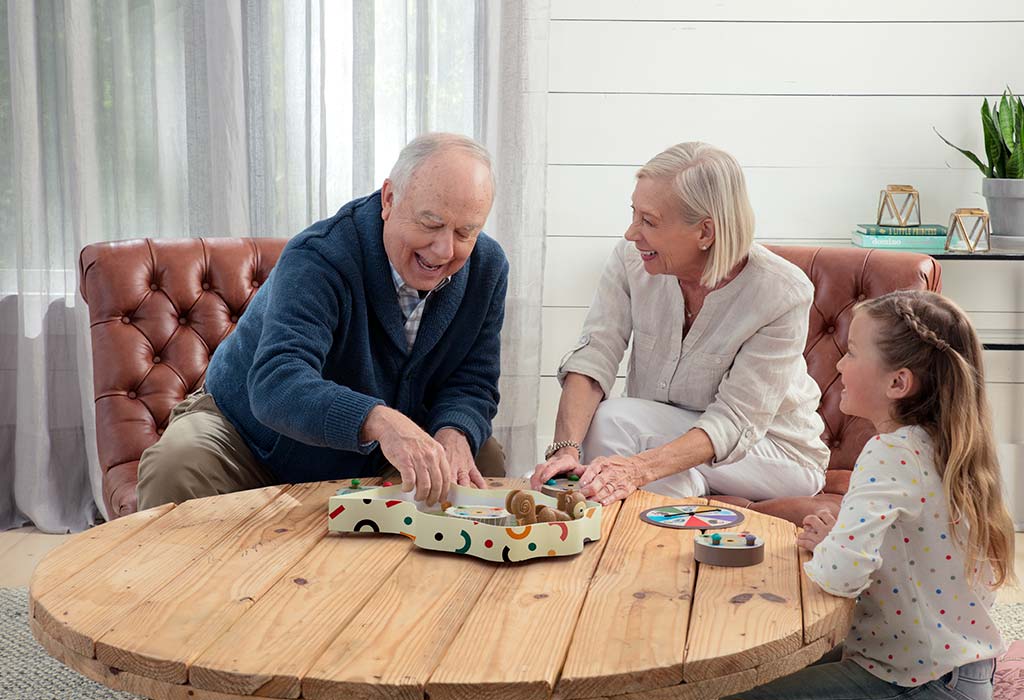sAML TREATMENT OPTIONS
For appropriate secondary AML (sAML) patients, chemotherapy followed by HSCT is a treatment option with curative intent1,2
Primary criteria to consider when making a treatment decision for older AML and sAML patients3,4:
- Clinical condition
- Disease characteristics
- Social support
- Patient wishes
Treatment plans based solely on age may eliminate a potentially curative option for fit patients1
- The emotional toll on a patient following a diagnosis coupled with the pressure to make a quick treatment decision may impair their ability to make a truly informed choice5
- It is important to discuss different options to determine the patient’s treatment goals. Informing them of differences in treatment duration and potential outcomes can help guide their decision-making process
Current treatment guidelines for adult patients with AML
- ASH guidelines support a holistic assessment of fitness for intensive chemotherapy that is driven by the physician's assessment of disease and patient characteristics, as well as patient goals for therapy6
- ASH guidelines suggest intensive over less intensive antileukemic therapy for older adults with newly-diagnosed AML who are candidates for intensive therapy6
- NCCN Guidelines® recommend postremission therapy (including consolidation chemotherapy, HSCT, and/or maintenance therapy) for patients aged ≥60 who achieve a complete response following intensive induction7
It is important to discuss all treatment options, including those with and without curative intent, with your patients
Treatment options for patients diagnosed with sAML
If you and your sAML patient have decided that a treatment goal of complete remission (CR) and, ultimately, cure is appropriate, consider them for HSCT1,2

Chemotherapy is an option for appropriate patients that may prolong survival and enable them to reach HSCT1
- One study found that 20% to 50% of patients treated with chemotherapy achieved CR1,a
- Patients receiving chemotherapy may require supportive care, which may include, but is not limited to: transfusion support, tumor lysis prophylaxis, anti-infectives, and/or growth factors7
- Analysis conducted at MD Anderson Cancer Center of 998 AML patients aged 65 and older receiving chemotherapy.1
HSCT after chemotherapy provides a treatment option with curative intent for appropriate sAML patients1,2
- Factors that can inform a decision for HSCT include8:
- Cytogenetic and molecular features
- Comorbidities and performance status
- Age
- Donor availability
- Improvements in HSCT have increased the safety and feasibility of this option in older patients2,9
- Improved identification of appropriate patients
- Increased donor availability
- Improved treatment options, including reduced‑intensity conditioning
- HSCT may provide longer‑term remission, especially in patients who achieve CR after induction therapy10
- It is important to discuss with patients the possible side effects that may occur as a result of HSCT. These include prolonged leukopenia, resulting in infections, the most common complication following HSCT, and graft‑vs‑host disease (GvHD), which can be serious and life‑threatening11
Patients who are not eligible for intensive chemotherapy or HSCT may be treated with lower-intensity treatment options12
- HMAs and low-dose chemotherapy options can be used as induction treatment for patients with newly diagnosed sAML who are not candidates for intensive chemotherapy, have poor performance status, or have significant comorbidities7,12
- It is important to discuss possible side effects, such as thrombocytopenia, neutropenia, febrile neutropenia, and anemia, that may occur with these lower-intensity treatment options as well as with intensive chemotherapy and HSCT7
It is important to rethink sAML and consider whether treating appropriate patients from the start with an intent to cure will give them the best opportunity to achieve prolonged survival1,2